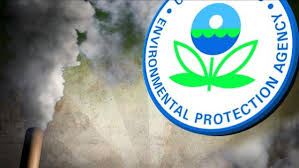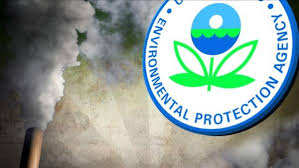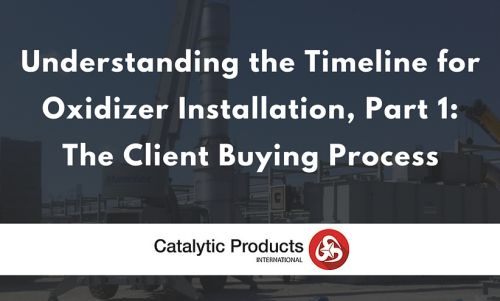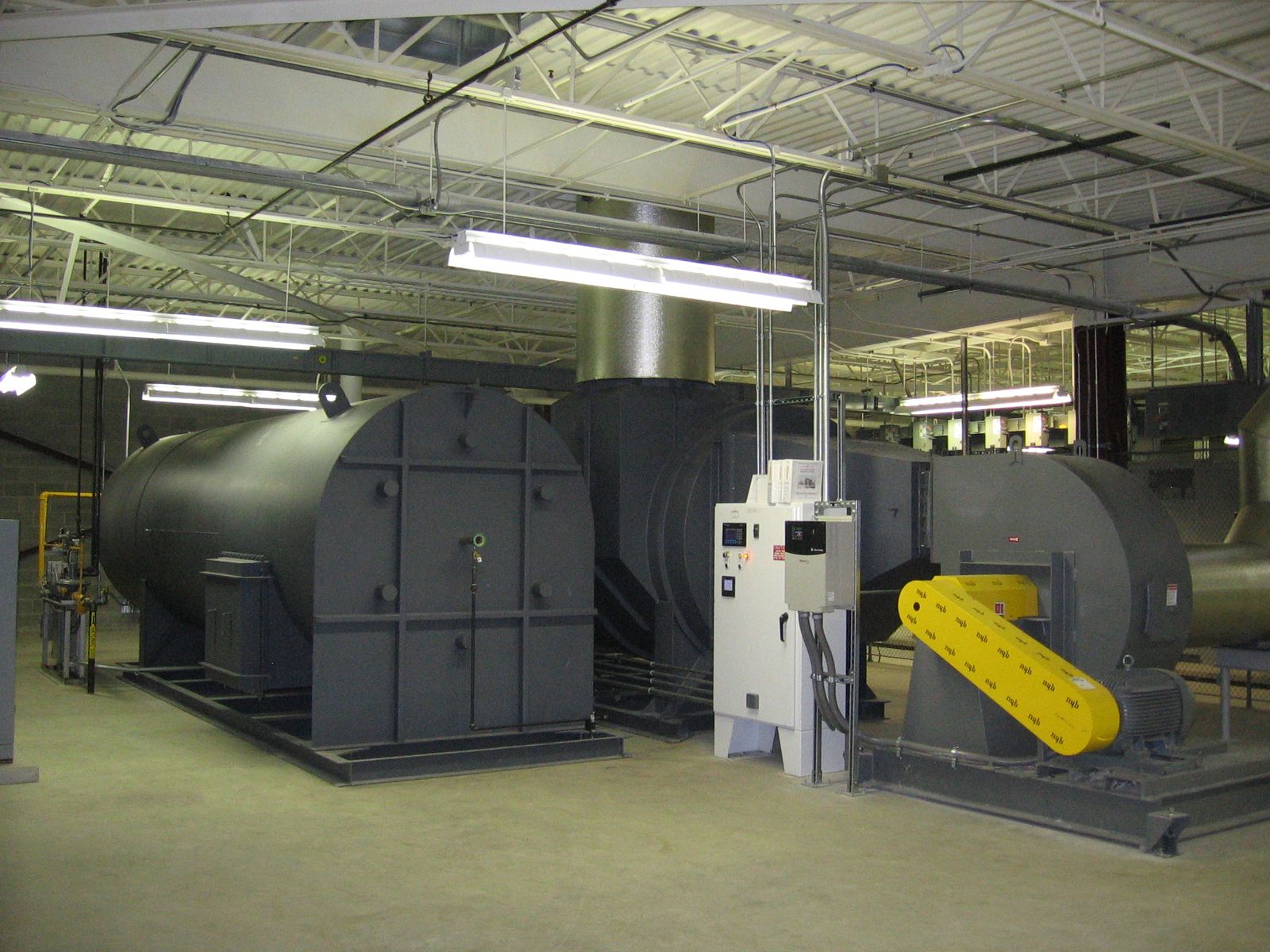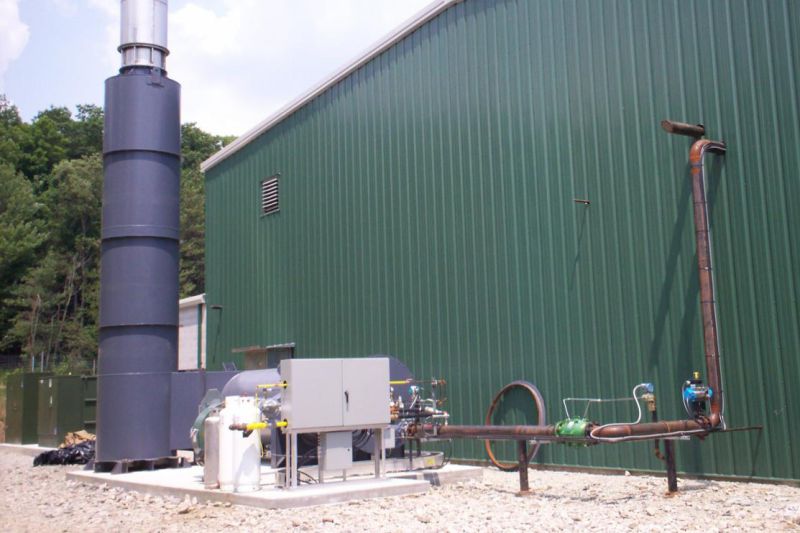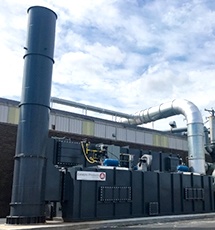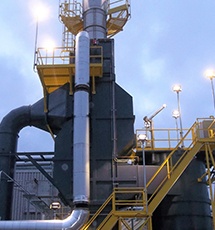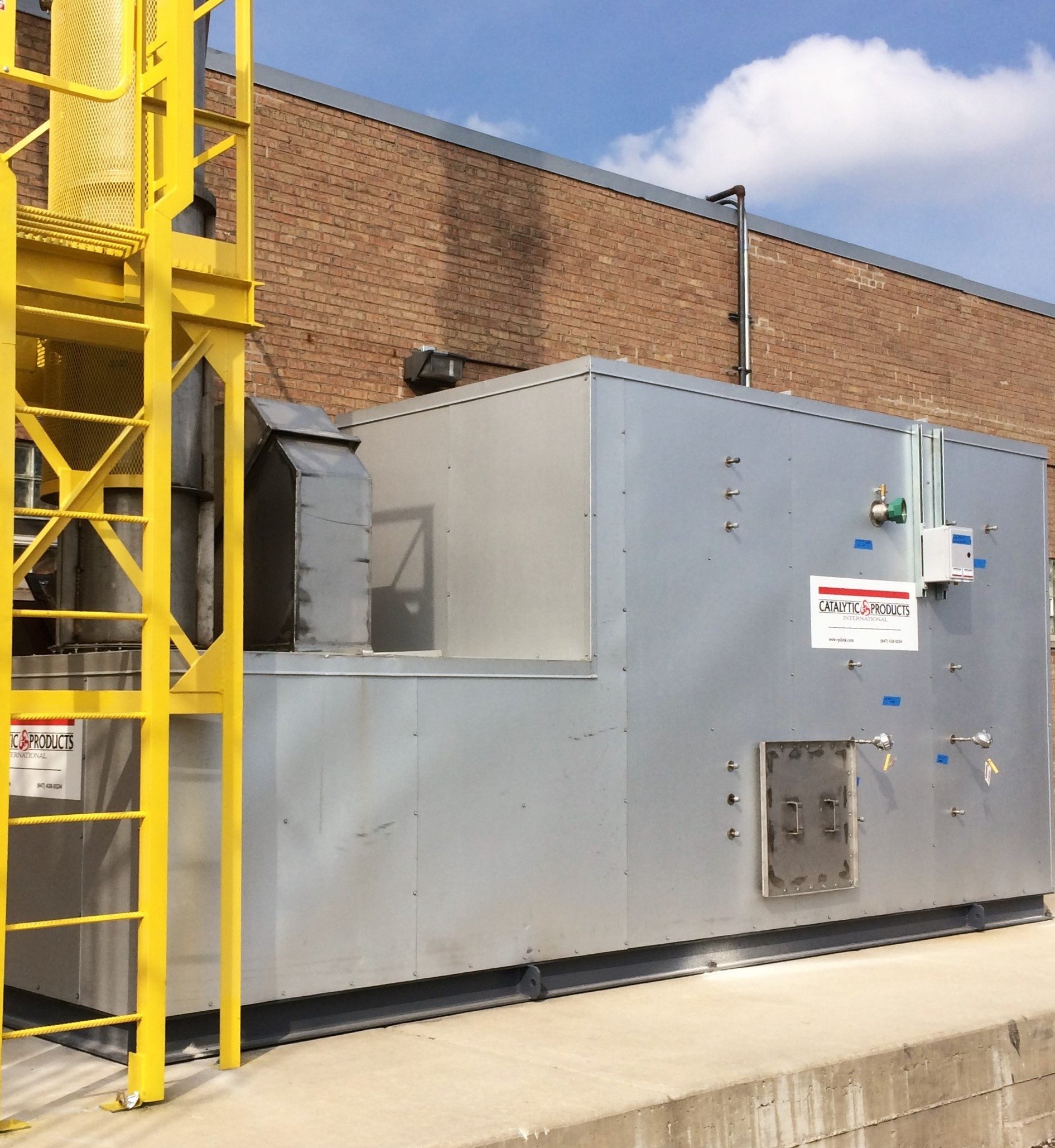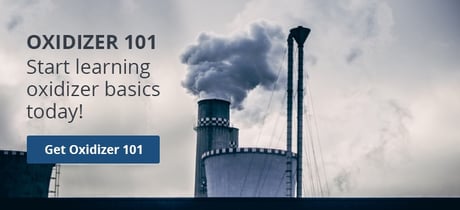Here on the CPI blog, we regularly look at how environmental regulations affect your air pollution control systems. Today, we're taking a close look at methane, which is one of the greenhouse gases addressed in President Obama's Climate Action Plan.
The Climate Action Plan, announced in 2013, is broken down into three different sectors:
- Reducing carbon pollution in the United States
- Preparing the United States for the impacts of climate change
- Leading international efforts to address climate change
The goal of the Climate Action Plan is to follow through on the commitment made by President Obama that by the year 2020, the United States Government would reduce greenhouse gas emissions by 17% of those recorded in 2005. To accomplish this task, the Obama Administration has focused on the following 4 areas to cut carbon pollution in America:
- Deploying clean energy through reduction of pollution from existing power plants and the creation of renewable energy from wind, solar, and geothermal sources.
- Establishing new fuel economy standards and development of new transportation technologies.
- A focus on reducing energy usage in homes, businesses, and factories.
- Reduction of other greenhouse gas emissions.
In order to address these tasks, it's important to be able to understand the details behind the causes of these emissions and how they affect the planet's climate. Let's examine methane emissions, which accounted for nearly 10 percent of U.S. greenhouse gas emissions in 2015, starting start with some of the basics:
What Is Methane?
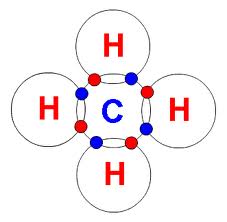

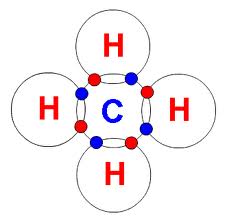
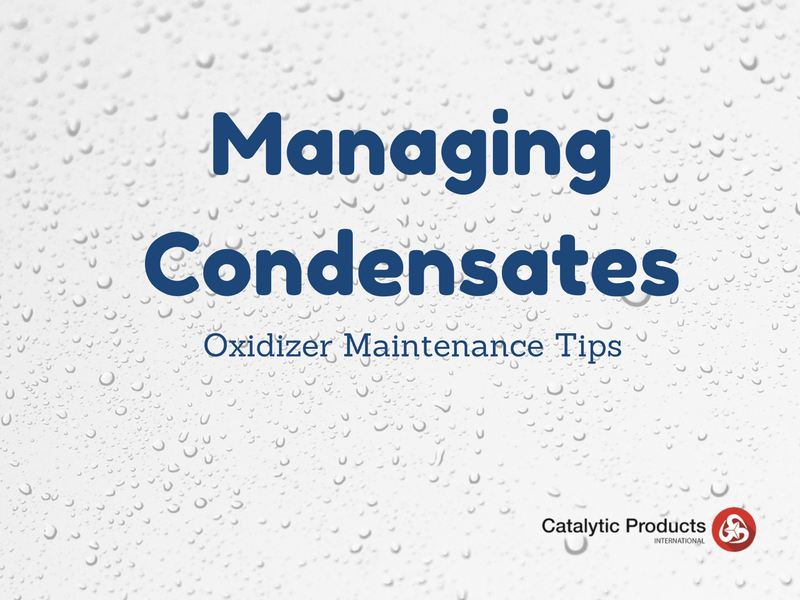
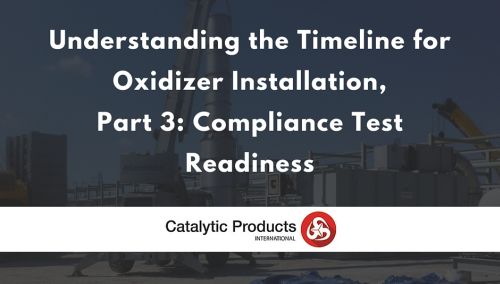
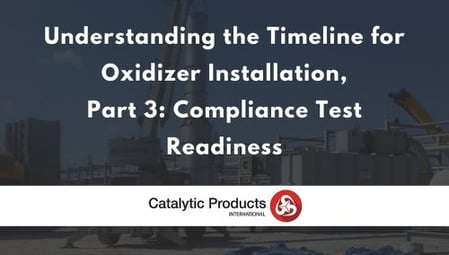 One question which we frequently receive is about the length of the process of building and installing an oxidizer. There are many factors which influence the oxidizer installation process, including the client’s procurement process and the complexity of the equipment and location of the site. In this series of blogs, we’ve been taking a look at a typical industrial process utilizing a standard thermal oxidizer, catalytic oxidizer, or regenerative thermal oxidizer. We’ve previously discussed the timelines for
One question which we frequently receive is about the length of the process of building and installing an oxidizer. There are many factors which influence the oxidizer installation process, including the client’s procurement process and the complexity of the equipment and location of the site. In this series of blogs, we’ve been taking a look at a typical industrial process utilizing a standard thermal oxidizer, catalytic oxidizer, or regenerative thermal oxidizer. We’ve previously discussed the timelines for 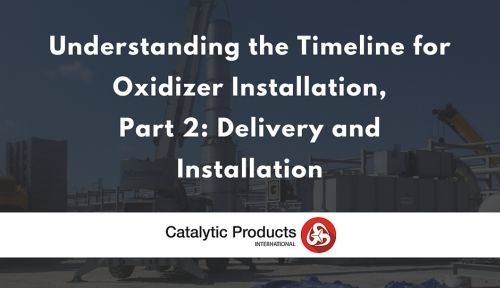
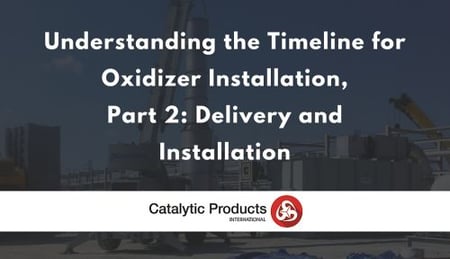 At CPI, we are frequently asked about the length of time necessary to build and install an oxidizer. The answer to that question is complicated, depending on a variety of factors such as the client’s procurement process and the complexity of the equipment and location of the site. To help build understanding of the decisions that go into this process, we wanted to take a closer look at a typical industrial process utilizing a standard thermal oxidizer, catalytic oxidizer, or regenerative thermal oxidizer. In our first blog on this topic, we looked at
At CPI, we are frequently asked about the length of time necessary to build and install an oxidizer. The answer to that question is complicated, depending on a variety of factors such as the client’s procurement process and the complexity of the equipment and location of the site. To help build understanding of the decisions that go into this process, we wanted to take a closer look at a typical industrial process utilizing a standard thermal oxidizer, catalytic oxidizer, or regenerative thermal oxidizer. In our first blog on this topic, we looked at 